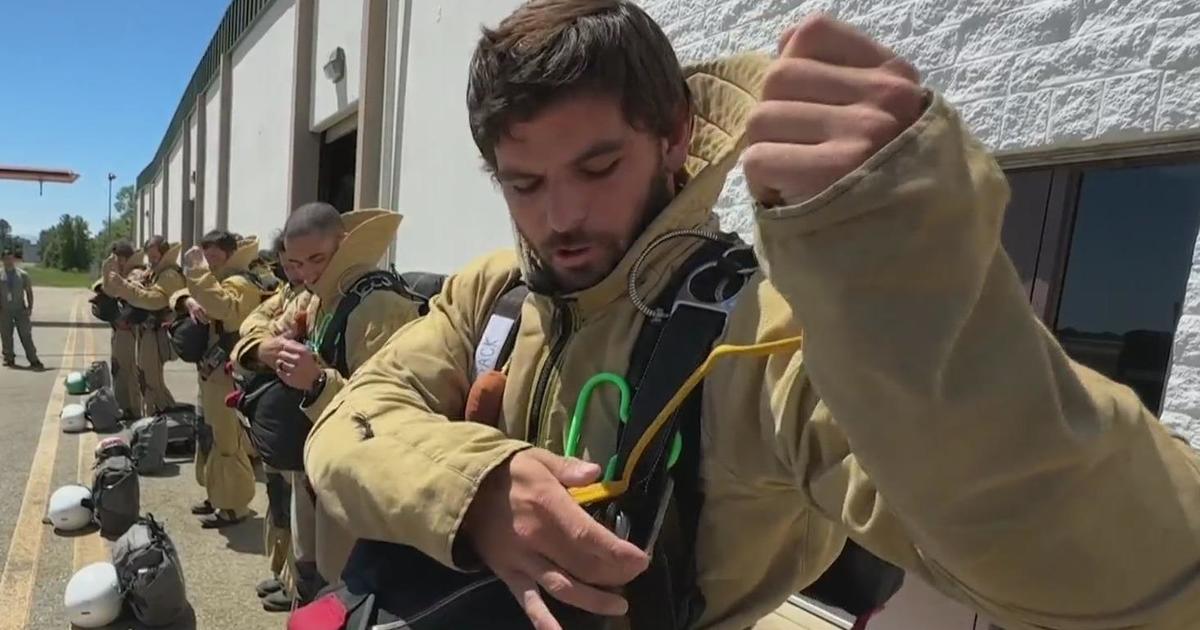StarDate: Hercules Cluster
FROM THE UNIVERSITY OF TEXAS McDONALD OBSERVATORY, AS HEARD ON KCBS RADIO WEEKDAYS @ 9:52 A.M., 7:35 P.M. & 2:52 A.M
STARDATE 5/27/2013: A planet in the heart of M13, the Hercules Cluster, would never see the dark of night. The cluster contains hundreds of thousands of stars, all packed into a ball only about 150 light-years across. So while the Sun's nearest neighbor is more than four light-years away, a star in M13 would have thousands of neighbors that were much closer. So the night sky of a planet inside the cluster would boast thousands of stars that are brighter than the brightest star in our own night sky.
M13 is in the constellation Hercules, which is well up in the east and northeast as night falls. Look for a lopsided square of four modestly bright stars known as the Keystone. M13 lies between the two stars at the top of the Keystone. Under especially dark skies, it's just visible to the unaided eye as a faint, fuzzy star.
M13 is a globular cluster. These clusters were born at the same time as the galaxy itself. So the stars in a globular are perhaps 12 billion years old or even older — almost three times the age of the Sun.
Because of the cluster's extreme age, there's been plenty of time for life to develop there — including intelligent life. So 40 years ago, a team of scientists beamed a radio message toward the cluster — a greeting to any civilizations there. Because of the cluster's great distance, though, it'll take a while to get there — about 25,000 years.
More about globular clusters tomorrow.
Script by Damond Benningfield Copyright ©2014 The University of Texas McDonald Observatory



